Wind occurs when the Earth’s surface is heated unevenly by the Sun. Air is a clean, unoccupied, and readily available renewable energy source.
Wind power is one of the fastest-growing renewable energy technologies. Wind energy uses to generate electricity.
Powerful wind speeds occur in many parts of the world, but the best places to generate wind power are sometimes remote areas. Moreover, Offshore wind power offers tremendous potential.
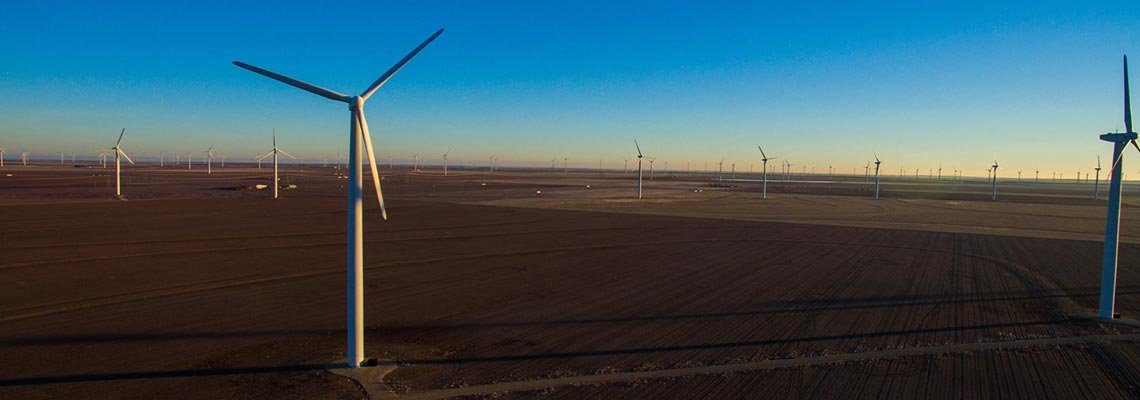
What is Wind Energy
Wind energy is a form of solar energy. Wind energy or wind power describes the process by which wind uses to generate electricity. The Wind turbines convert the kinetic energy in the wind into mechanical power.
A generator can convert mechanical power into electricity. Mechanical energy is also utilized directly for specific tasks such as pumping water.
How is Wind Energy Created
Wind turbines allow us to harness the power of the wind and turn it into energy. When the wind blows, the turbine’s blades spin clockwise, capturing energy. Triggers the main shaft of the wind turbine, connected to a gearbox within the nacelle, to spin.
The gearbox sends that wind energy to the generator, converting it to electricity. Electricity then travels to a transformer, where voltage levels are adjusted to match with the grid.
What is Wind Turbines
Wind turbines, like windmills, are mounted on a tower to capture the most energy. At 100 feet (30 meters) or more aboveground, they can take advantage of the faster and less turbulent wind. Turbines catch the wind’s energy with their propeller-like blades. Usually, two or three blades are mounted on a shaft to form a rotor.
A blade acts much like an aeroplane wing. When the wind gust, a pocket of low-pressure air forms on the underside of the wind blade. The lift is the low-pressure air pocket then pulls the wind blade toward it, causing the rotor to turn.
Types of Wind Turbine
There are two types of wind energy turbines:
Horizontal-Axis Turbines
These types of turbines typically have three blades, similar to aeroplane propellers. All components (including blades, shafts, and generators) are at the top of a tall tower, with wind blades in the air and the shafts horizontal to the ground. Almost all wind turbines in use are horizontal axis turbines.
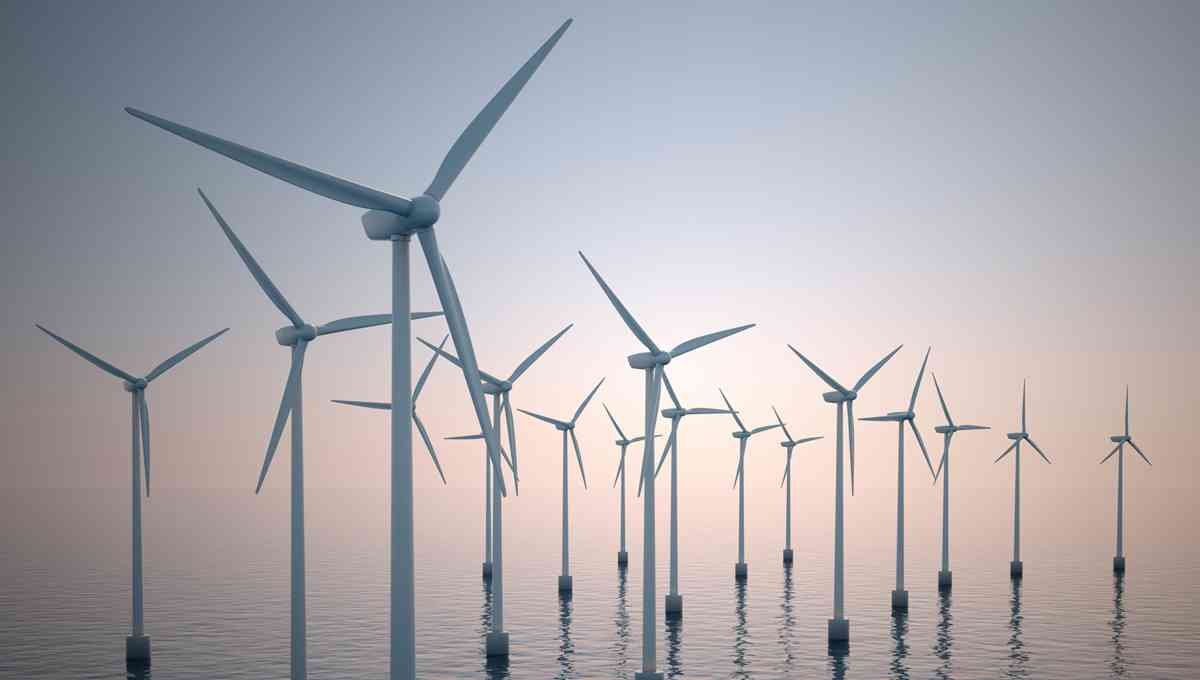
Vertical-Axis Turbines
Additionally, the egg-beater, Darrieus style model, has blades attached to a vertical rotor’s top and bottom. Although they have existed for centuries, very few exist today because they do not perform as horizontal-axis turbines.
Furthermore, the lift’s force is much stronger than the wind’s force against the front side of the blade, which is called drag. The combination of lift and drag rotates the rotor just as the propeller turning shaft rotates a generator to generate electricity.

Wind Energy World Wide Usage
Usage is on the rise worldwide, in part because costs are falling. Clearly, the Production of wind electricity doubled between 2009 and 2013, and in 2016 wind energy accounted for 16% of the electricity generated by renewables.
Commercially available wind turbines have reached 8 MW capacity, with rotor diameters of up to 164 meters. Although, the average capacity of wind turbines increased from 1.6 MW in 2009 to 2 MW in 2014.
Greater use of the globe’s abundant wind and water resources for electric power generation will help stabilize energy costs, enhance energy security, and improve our environment.
Country | Total Capacity, end of 2014 (MW) | Total Capacity, end of June 2010 (MW) | Total Capacity, end of 2009 (MW) |
|---|---|---|---|
| U.S | 65,900 | 36,300 | 35,159 |
| China | 114,600 | 33,800 | 25.853 |
| Germany | 40,000 | 26.400 | 25,813 |
| Spain | 23,000 | 19,500 | 18,748 |
| India | 22,500 | 12,100 | 10,827 |
| France | 9,300 | 5,000 | 4,775 |
| U.K | 12,200 | 4,600 | 4,340 |
| Portugal | 4,953 | 3,800 | 3,474 |
| Denmark | 4,883 | 3,700 | 3,408 |
Worldwide Wind Power Potential
The wind uses to produce electricity using the kinetic energy created by air in motion. These are transformed into electrical energy using wind turbines or wind energy conversion systems. Theoretically, when wind speed doubles, wind power potential increases by a factor of eight.
Many parts of the world have strong wind, but the best locations for generating wind power are sometimes remote areas. Offshore wind power offers tremendous potential. Wind-turbine capacity has increased over time.
In 1985, typical turbines had a rated capacity of 0.05 megawatts (MW) and a rotor diameter of 15 meters. Today’s new wind power projects have turbine capacities of about 2 MW onshore and 3–5 MW offshore. Commercially available wind turbines have reached 8 MW capacity, with rotor diameters of up to 164 meters. The average capacity of wind turbines increased from 1.6 MW in 2009 to 2 MW in 2014.
Data according to International Renewable Entergy Agency. Data from the U.S, China, Germany, Spain, India, France, U.K, Portugal and Denmark combined. Top nine Wind Energy installed capacity.
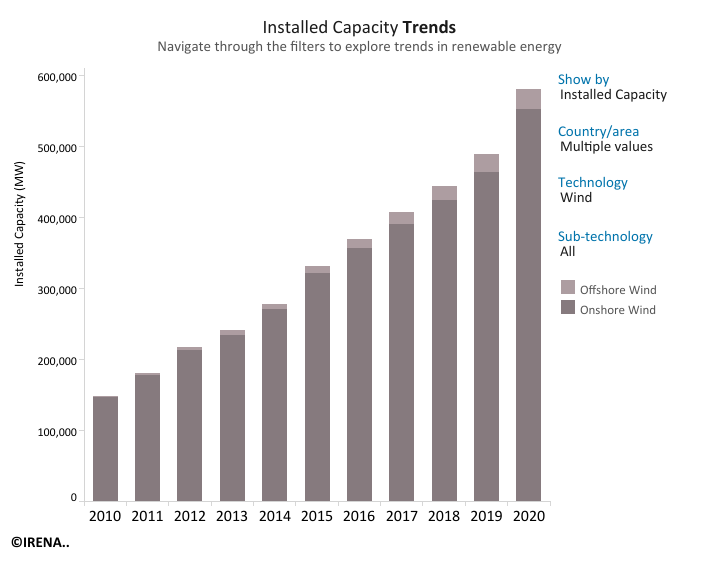
Common types of Wind Energy
There are three major types of wind energy.
Utility-Scale Wind
It defines wind turbines that range in size from 100 kW to several megawatts, where electricity supplies to the power grid or combine with a photovoltaic (solar cell) system and generates electricity. Operate by end-users utilities or electricity operators.
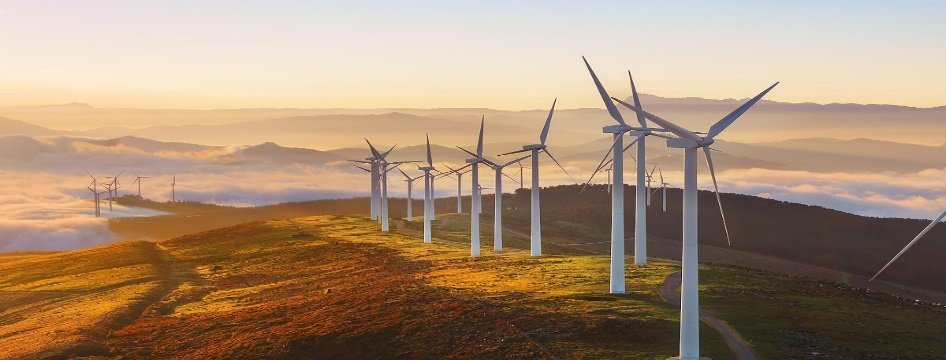
Offshore Wind
Wind turbines stand in large bodies of water. These are generally larger than onshore turbines, and the larger the turbine, the higher the efficiency. They can generate more power.
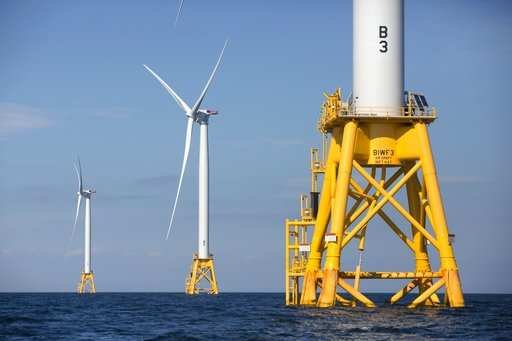
Distributed or Small Wind
Small wind systems also have potential as distributed energy resources. This applies to wind turbines below 100 kilowatts that are used to directly power a home, farm, or small business that is not connected to the grid.
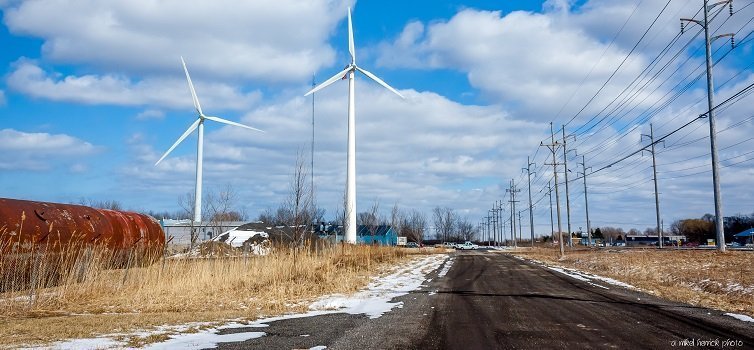
Uses of Wind Energy
1. Generate Wind Power
One of the most popular uses of wind energy is to generate electricity. During this process, a wind turbine controls the wind. As the wind starts to move the turbine, a generator is triggered to generate electricity.
Today, technology exists to allow us to build vast wind farms. Both onshore and offshore wind farms can power millions of homes depends on their size.
2. Transportation
Another use of wind energy is in transportation. Some modern shipping companies are beginning to embrace wind energy once again. Vessel’s including fishing trawlers and even cargo ships, have vast kites installed. These can help to reduce fuel consumption on long journeys by as much as 30% under the right conditions.
These are an obvious attraction for companies that spend significant amounts on fuel and those looking to reduce their carbon footprint.
3. Wind Sports
A more enjoyable use of wind energy is for sports and activities that rely on the power of the wind. Windsurfing, Sailing, Land Sailing, Kite Surfing, and Kiteboarding are some of the Wind sports.
4. Food Production
Wind energy traditionally uses in food production. Before the industrial revolution, windmills were widely used for milling grain so that they could be used for producing food such as bread. In more recent times, the introduction of electricity and motors has eliminated our need for such structures. As a result, factories can now produce items such as flour much more efficiently.
5. Pumping Water
You may not be aware that wind energy also uses for pumping water through the help of a wind pump. Wind pumps have a similar look to a traditional windmill, but instead of milling grain, they can pump water.
Advantages of Wind Energy
1. Wind power is cost-effective.
The land-based utility-scale wind is one of the lowest-priced energy sources available today because the electricity from wind farms is sold at a fixed price over a long period (ex. 20+ years), and its fuel is free, wind energy mitigates the price uncertainty that fuel costs add to traditional sources of energy.
2. Wind creates jobs.
The wind sector employs more than 100000 workers, and wind turbine technician is one of the fastest-growing worldwide jobs. According to a World Report, the wind has the potential to support more than 10,00,000 jobs in manufacturing, installation, maintenance, and supporting services by 2050.
3. Wind enables various industry growth and competitiveness
New wind projects account for annual investments of over $10 billion in the U.S. economy alone. The World has vast domestic resources and a highly-skilled workforce in the clean energy economy.
4. Clean fuel source.
Wind power does not pollute the air like power plants that rely on the combustion of fossil fuels. Such as coal or natural gas, which emit particulate matter, nitrogen oxides, and sulfur dioxide – causing human health problems and economic losses. Wind turbines do not produce atmospheric emissions that cause acid rain, haze, or greenhouse gases.
5. Wind is a domestic source of energy.
The globe’s wind supply is abundant and inexhaustible. Over the past 10 years, U.S. wind power capacity has grown 15% per year. The wind is now the largest source of renewable power in the United States.
Challenges of Wind Power
1. competision with conventional generation sources on a cost basis.
Even though the cost of wind power has decreased dramatically in the past several decades, wind projects must be able to compete economically with the lowest-cost source of electricity, and some locations may not be windy enough to be cost-competitive.
2. Good land-based wind sites are often located in remote locations, far from cities where electricity is needed.
Transmission lines should be built to bring the electricity from the wind farm to the city. However, buildings with just a few already-proposed transmission lines could significantly reduce the costs of expanding wind energy.
3. Less profitable use of the land.
Land suitable for wind-turbine installation must compete with alternative uses, which may be more valuable than electricity generation.
4. Turbines might cause noise and aesthetic pollution.
Although wind power plants have relatively little impact on the environment as compared to conventional power plants. The problems arise over the noise generated by the turbine blades and the visual impact on the landscape.
5. Wind plants can impact local wildlife.
Many birds get killed while flying into spinning turbine blades. Various have been resolved or greatly reduced through technological development or by properly siting wind plants.
Obviously, turbine blades also kill bats, and research is ongoing to develop and improve solutions to reduce the impact of wind turbines on these species. Like all energy sources, wind projects can change the habitat which they are building. That may change the suitability of that habitat for certain species.
Conclusions
As renewable energy technology continues to advance and grow in popularity, wind farms like this one have become an increasingly common sight along hills, fields, or even offshore in the ocean.
Wind Energy offers a major forum for reporting advances in this rapidly developing technology to realize the worldwide potential to harness clean energy from land-based and offshore wind.
Wind power provides a leading platform for reporting progress in this rapidly evolving technology to realize the worldwide potential to harness clean energy from land-based and offshore wind.
